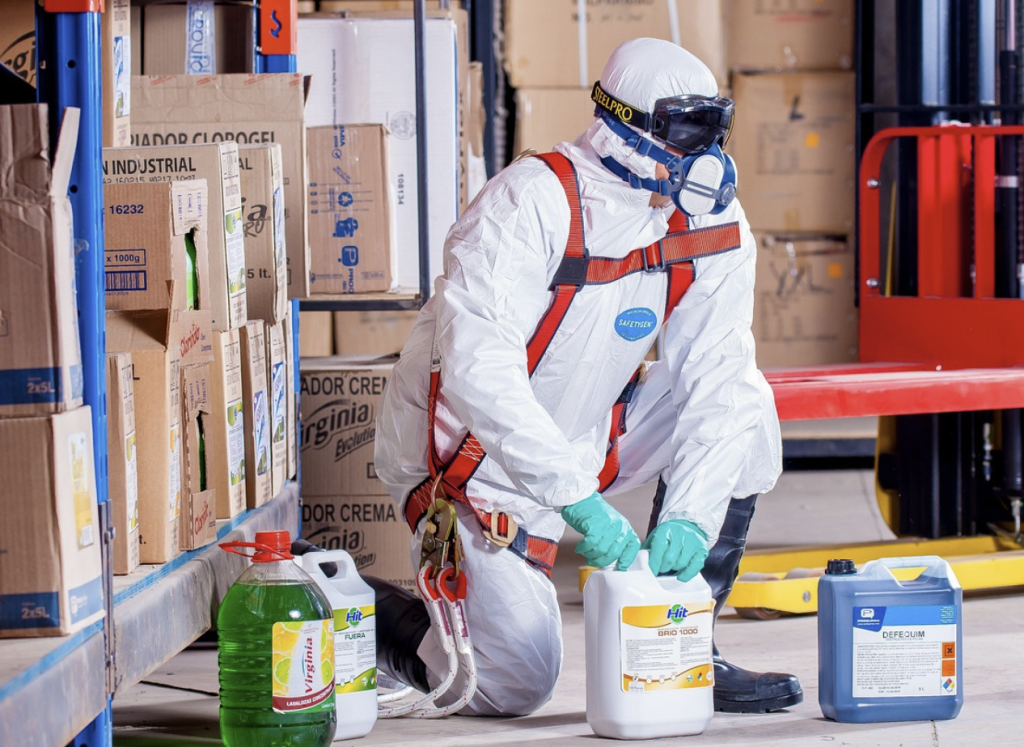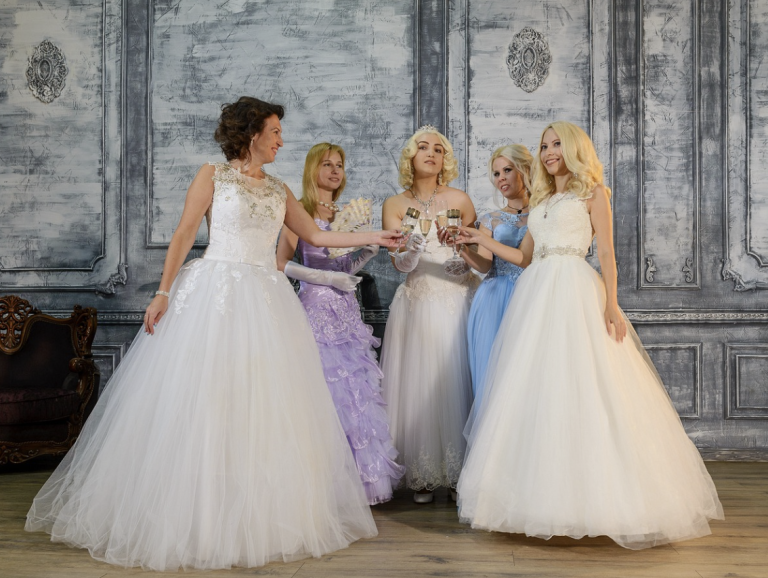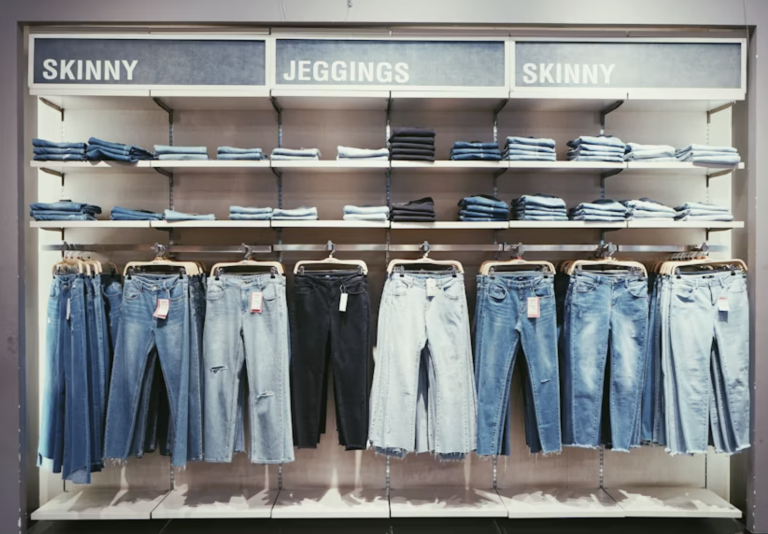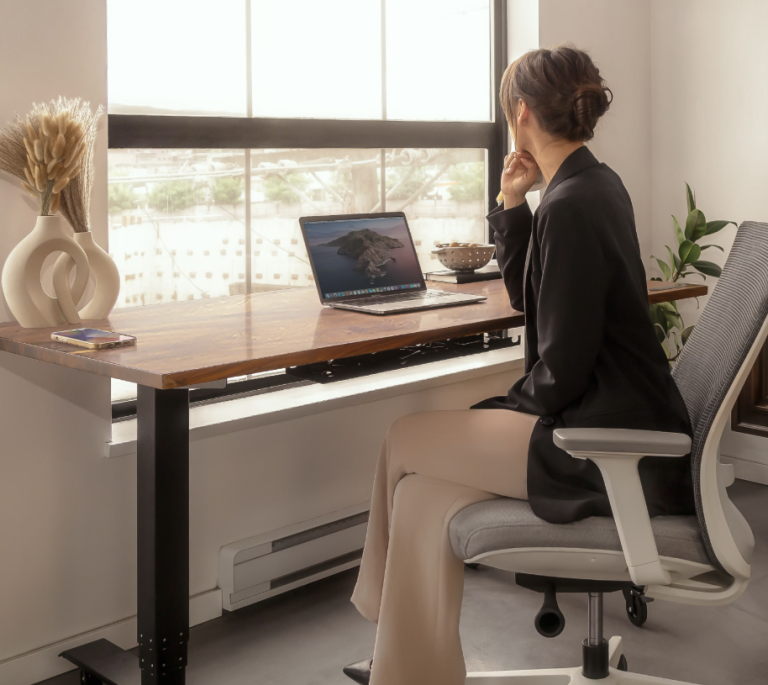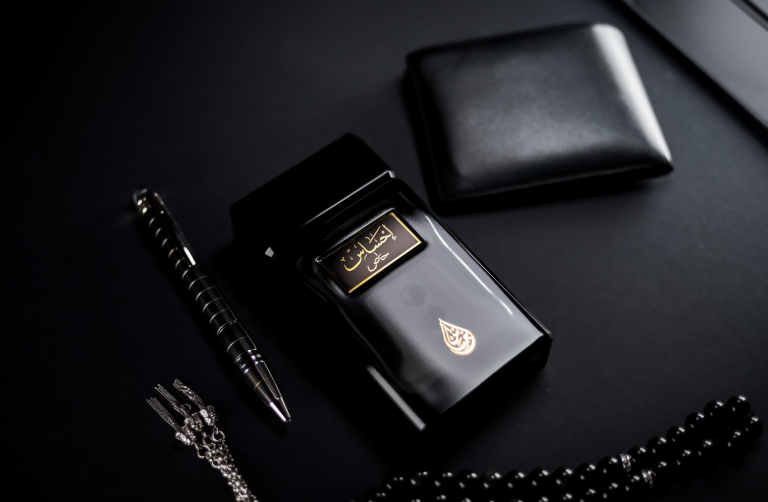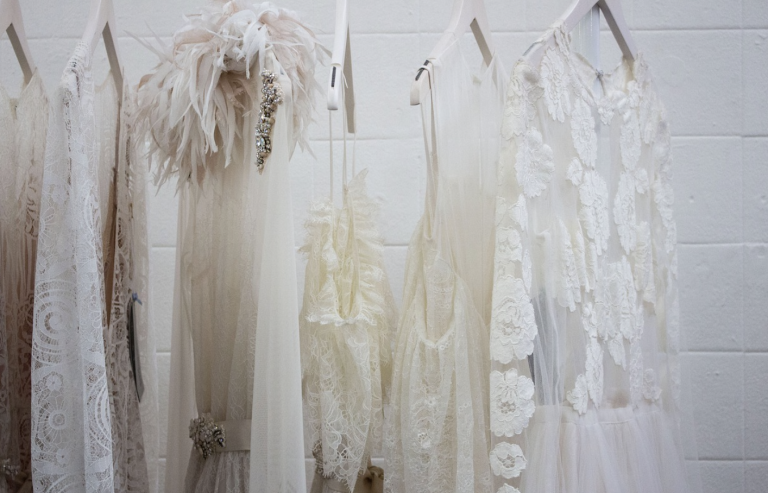
Introduction: The New Era of Workwear
In today’s fast-paced, ever-evolving professional landscape, the traditional notion of workwear is undergoing a massive transformation. Gone are the days of stiff suits and uncomfortable dress shoes. Now, it’s all about blending professionalism with comfort, enabling workers to feel at ease without compromising their appearance. Let’s explore how the modern worker is reinventing their wardrobe, focusing on comfort, style, and practicality.
The Evolution of Workwear
Workwear has come a long way from its origins. Historically, professional attire was rigid and formal—designed to convey authority and seriousness. However, the modern workplace has shifted towards a more relaxed and flexible dress code.
Changing Workplace Culture
As workplaces have become more dynamic, their dress codes have evolved to reflect these changes. The rise of startups and more inclusive, casual corporate environments has made it clear: comfort doesn’t need to be sacrificed for professionalism. Whether you’re in a creative agency or a tech firm, there’s now a growing emphasis on individuality and freedom in how employees dress.
Rise of Remote Work
The pandemic further accelerated this shift, as remote work became the norm for many industries. With the lack of physical offices, employees could prioritize comfort in their attire. Now, even as offices reopen, the impact of remote work on professional dressing continues to be evident.
The Need for Comfort in Professional Dressing
Comfortable workwear is more than just a trend; it’s a necessity. Long hours at the desk or on the move require clothing that doesn’t restrict movement or hinder your comfort.
The Health Benefits of Comfortable Workwear
Wearing uncomfortable clothing can lead to various physical issues, including back pain, poor posture, and even mental fatigue. Opting for workwear that prioritizes comfort can prevent these problems, ultimately leading to a healthier, more productive work life.
Improved Focus and Productivity
Comfortable workwear doesn’t just promote physical health—it also supports mental well-being. When you feel physically at ease, your focus sharpens, and your productivity increases. Instead of constantly adjusting an ill-fitting shirt or tight shoes, you can concentrate on the task at hand.
Key Elements of Comfortable Yet Professional Workwear
The key to modern workwear lies in choosing pieces that are both stylish and functional. But what exactly makes workwear comfortable yet professional?
Breathable Fabrics
Materials that allow air circulation, such as cotton, linen, or moisture-wicking blends, are essential in today’s workwear. These fabrics keep you cool and dry, even during long meetings or busy workdays.
Stretch and Flexibility
Stretch fabrics, such as spandex blends, ensure that your clothes move with you. This flexibility not only enhances comfort but also helps maintain a professional appearance throughout the day.
Smart Casual Pieces
Smart casual attire is often the sweet spot between formal and relaxed. Think tailored blazers, chinos, and stylish, yet comfortable shoes. These pieces work in nearly every work environment, allowing for easy transitions between meetings, virtual calls, and casual workdays.
Dressing for Different Work Environments
Not all workplaces are created equal. Your attire should reflect the environment you’re in. Let’s break down how to adapt your wardrobe to different work settings.
Corporate Offices
In a corporate setting, a certain level of professionalism is still required. However, you can infuse comfort by choosing breathable fabrics and well-fitted suits that aren’t overly restrictive.
Co-working Spaces
For those in co-working spaces, the key is to find a balance between comfort and professionalism. Casual yet sleek clothing, such as tailored joggers or a simple button-up shirt, fits the bill perfectly.
Creative Industries
Creative industries encourage personal expression. Here, comfortable, yet stylish outfits are often the norm. Incorporating trendy elements, like casual sneakers or bold accessories, can help you maintain a polished yet unique look.
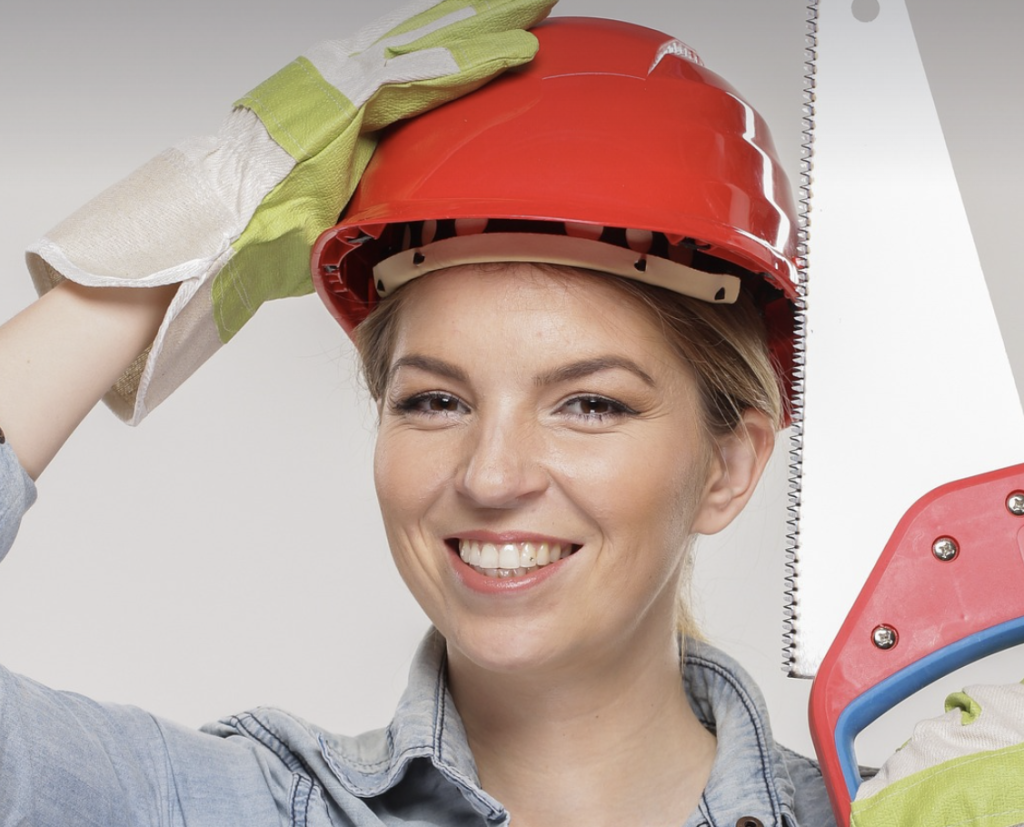
Future of Workwear: Trends to Watch
As workwear continues to evolve, several trends are emerging that promise to further revolutionize the way we dress for work.
Sustainable and Eco-Friendly Fabrics
There’s a growing demand for sustainable workwear, with many companies opting for eco-friendly fabrics like organic cotton or recycled materials. Not only does this reduce environmental impact, but it also ensures that workers feel good about their clothing choices.
Tech-Integrated Workwear
Wearable tech is making its way into workwear. From shirts that monitor posture to jackets with built-in heating systems, technology is transforming how we think about professional clothing.
Conclusion
The days of sacrificing comfort for professionalism are over. Today’s workwear offers the perfect blend of style, comfort, and practicality. With a growing emphasis on breathable fabrics, flexibility, and smart casual attire, it’s easier than ever to dress up without feeling restricted. As workplaces continue to evolve, expect workwear trends to keep pushing the boundaries of what’s possible, from sustainable fabrics to high-tech solutions. It’s time to embrace comfort—without sacrificing style.
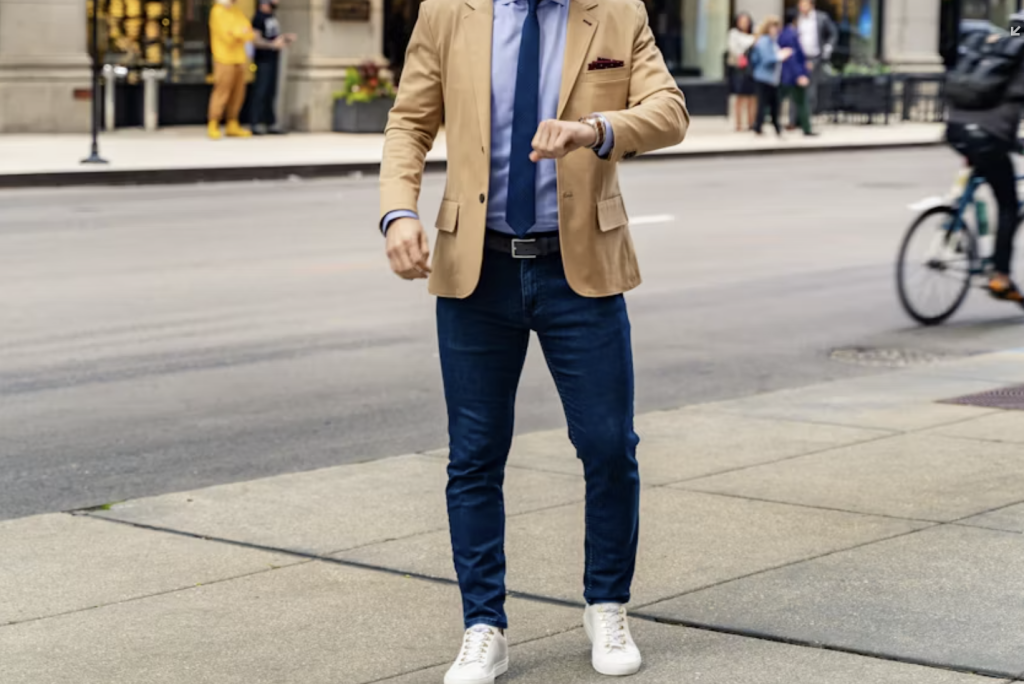
FAQs
1. Can I wear casual clothing in a corporate office setting? Yes, many corporate offices now embrace business casual attire. Opt for well-fitted, professional pieces like tailored trousers and blazers paired with smart casual shirts or blouses.
2. What materials are best for comfortable workwear? Look for breathable, stretch fabrics like cotton, linen, and moisture-wicking blends. These materials promote comfort, flexibility, and freshness throughout the day.
3. How can I balance comfort and professionalism when working from home? Comfort is key when working from home, but maintain professionalism with smart casual clothing. Think simple, clean lines with cozy fabrics like knit sweaters or button-up shirts.
4. Is sustainable workwear a trend or the future? Sustainable workwear is increasingly becoming the future of fashion. Eco-friendly materials are not only better for the environment but are also highly durable and comfortable.
5. What are some examples of tech-integrated workwear? Tech-integrated workwear includes clothing items like posture-monitoring shirts, heated jackets for winter, or garments with built-in UV protection, offering a mix of comfort and high-tech functionality.
